The Case for Strong Partnerships Between Free Clinics and Health Systems
// By Jane Weber Brubaker //
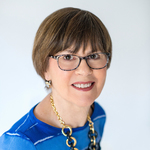 The Lloyd F. Moss Free Clinic in Fredericksburg, Virginia is in a state-of-the-art building opened in 2007 on the campus of Mary Washington Healthcare. “I can see the hospital out my window,” says Karen Dulaney, executive director of the clinic.
The Lloyd F. Moss Free Clinic in Fredericksburg, Virginia is in a state-of-the-art building opened in 2007 on the campus of Mary Washington Healthcare. “I can see the hospital out my window,” says Karen Dulaney, executive director of the clinic.
The strong connection between the hospital and the clinic is based on more than geography. The relationship began when the clinic first opened with just one paid employee, using an unoccupied guest wing in the hospital.
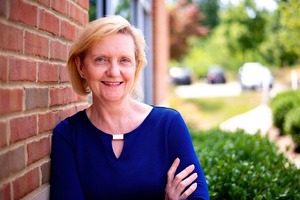
Karen Dulaney, executive director, Lloyd F. Moss Free Clinic
Founded in 1993, the clinic was the result of a community needs assessment conducted by the Virginia Department of Health the previous year. “The clinic was opened in response to the plight of the uninsured, locally, in Virginia,” says Dulaney, who was the clinic’s first volunteer coordinator, and in 1995 was named executive director.
From the beginning, Mary Washington Healthcare (MWHC), a two-hospital system that includes Mary Washington Hospital and Stafford Hospital, has supported the clinic, helping it grow and thrive. “The work of the Lloyd Moss Free Clinic aligns perfectly with Mary Washington Healthcare’s mission to improve the health of the people in the communities we serve,” says Phil Brown, director of corporate planning at MWHC.
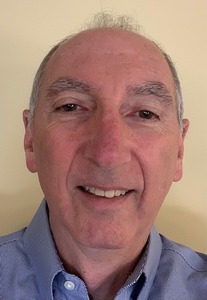
Phil Brown, director of corporate planning, Mary Washington Healthcare
The clinic is one of 1,200 free clinics around the country, an essential component of the health care safety net, offering free access to care for uninsured or underinsured people.
“Free clinics are an important community asset to improve the overall health of the community’s sickest and most vulnerable populations,” says Brown. The health system’s support of the clinic has been substantial.
“Financially, Mary Washington [Hospital] Foundation provided $5.8 million in funding from 2013 to 2019, and over $15 million since 1994,” says Xavier Richardson, senior vice president and chief development officer, and president of Mary Washington Hospital and Stafford Hospital Foundations.
Richardson notes that the value of in-kind support for services including accounting and information systems totaled almost $3.4 million from 2013 to 2019. In addition, MWHC provided clinic patients more than $100 million in patient care services (labs, diagnostic services, inpatient and outpatient care) during the same period.
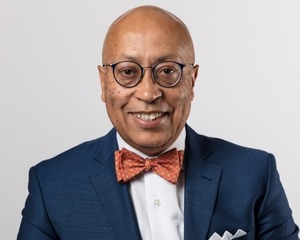
Xavier Richardson, senior vice president and chief development officer, and president, Mary Washington Hospital and Stafford Hospital Foundations
The Foundation’s board approached the clinic and volunteered to lead a five-year $10.8 million capital campaign, successfully raising funds to construct the building that now houses the clinic and support its ongoing operations.
“The building has enabled the clinic to provide outstanding care to its patients in a rent-free facility, complete with a pharmacy and a six-chair dental operatory — conveniently located on the campus of MWHC,” says Richardson.
The relationship between the health system and the clinic is mutually beneficial. “One of the benefits that we provide to the hospital is that we’re keeping patients out of the emergency room who don’t belong there, and keeping local low-income, uninsured, and underinsured folks healthier,” says Dulaney.
“If we’re keeping them healthier, then there’s less free care that [hospitals] have to provide.” When they do need care, Brown notes, “all the clinical services of MWHC accept referrals from the clinic.”
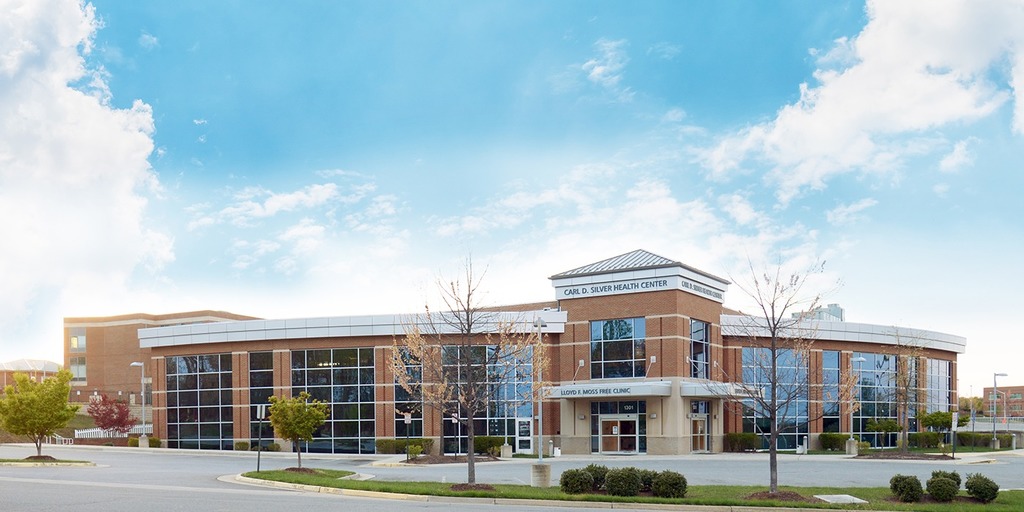
The Lloyd F. Moss Free Clinic is housed in a state-of-the-art building opened in 2007. The Mary Washington Hospital Foundation volunteered to lead the five-year campaign that raised $10.8 million to construct the building and provide operating funds.
Free clinics depend on individual donations and the generosity of volunteers to provide care. “The vast majority of our volunteer providers are affiliated with Mary Washington Hospital,” Dulaney says. MWHC presents the opportunity to volunteer during the onboarding process for new providers.
A Statewide Safety Net
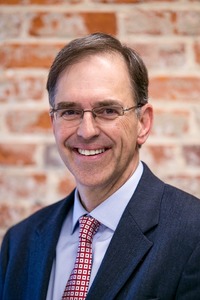
Rufus Phillips, CEO, Virginia Association of Free and Charitable Clinics
The clinic is among the 60 member organizations of the Virginia Association of Free & Charitable Clinics (VAFCC). Rufus Phillips, the association’s CEO, observes, “This free-clinic environment allows doctors to return to what they thought they might be doing when they went to medical school, which is really spending time with patients and being able to really dig into what’s behind their issues.”
Right now, due to COVID-19, there is a shortage of volunteers statewide, says Phillips. The association recently collaborated with Chapel Hill, North Carolina agency Jennings on an awareness campaign targeted to consumers, potential volunteers, and donors.
Medicaid Expansion in Virginia
When Virginia accepted federal Medicaid Expansion in 2019, it estimated that 400,000 people would become eligible. Since then, 11 free clinics in the state, including Lloyd Moss, have adopted a hybrid model and are actively enrolling Medicaid patients.
The complexities of managing a dual model are significant. To support the efforts, one of the largest systems in the state, Sentara and its subsidiary Optima Health, awarded VAFCC a $1.5 million grant to support the 11 hybrid clinics in becoming Medicaid providers, recognizing the “monumental effort and resources required,” according to a press release.

The Virginia Association of Free and Charitable Clinics accepts a $1.5 million grant from Sentara and Optima Health to support 11 “hybrid” free clinics in Virginia that opted to accept Medicaid patients.
Mary Washington Healthcare is also strongly committed to supporting Medicaid expansion. “Since the Lloyd Moss Free Clinic’s (LMFC) existence, it has been important for Mary Washington Healthcare (MWHC) to support its work with the indigent and Medicaid populations in our community,” says Brown.
“MWHC and LMFC worked closely when Virginia decided to expand its Medicaid program. MWHC provided advice to the clinic leadership as they transitioned to accept Medicaid patients for the first time. MWHC worked diligently to sign up all eligible patients for the expanded Medicaid benefits.”
A Model of Efficiency
Free clinics are a model of nonprofit efficiency. “You can take a dollar and stretch it pretty far,” says Phillips. According to a publication from the National Association of Free and Charitable Clinics: “While 44 percent of clinics have an operating budget of less than $100,000, for every dollar donated to a free or charitable clinic, a minimum of $5 in services are provided to the patients.”
In this video from Goochland Cares Free Clinic & Family Services, 30 miles northwest of Richmond, a patient, Christine, tells her story of what the clinic meant to her and her family.
Watch Christine’s story:
“The free clinic fills a gap in the community that the health system will never be able to fill. Their care often goes beyond clinical care, addressing many of the social determinants of health,” says Brown. “Because the free clinic is a trusted community resource, health systems should look for ways to partner with the free clinic to pursue mutually beneficial goals.”
Jane Weber Brubaker is executive editor of Plain-English Health Care, a division of Plain-English Media. She directs editorial content for eHealthcare Strategy & Trends and Strategic Health Care Marketing, and is past chair of the eHealthcare Leadership Awards. Email her at jane@plainenglishmedia.com.

